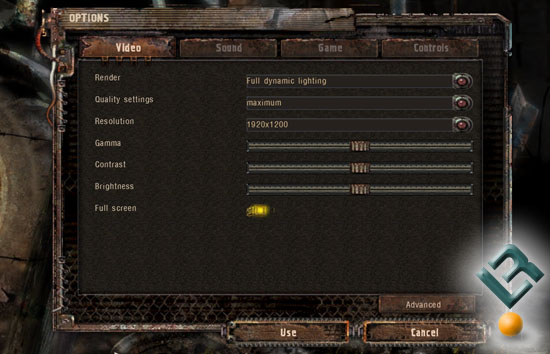NVIDIA GeForce GTX 280 Graphics Cards by EVGA and PNY
S.T.A.L.K.E.R.
S.T.A.L.K.E.R.: Shadow of Chernobyl
S.T.A.L.K.E.R.: Shadow of Chernobyl uses the ‘X-ray Engine’ to power the graphics. It is a DirectX 8/9 Shader Model 3.0 graphics engine. Up to a million polygons can be on-screen at any one time, which makes it one of the more impressive engines on the market today. The engine features HDR rendering, parallax and normal mapping, soft shadows, widescreen support, weather effects and day/night cycles. As with other engines that utilize deferred shading (such as Unreal Engine 3 and CryENGINE2), the X-ray Engine does not support anti-aliasing with dynamic lighting enabled. However, a “fake” form of anti-aliasing can be enabled with the static lighting option; this format utilizes a technique to blur the image to give the false impression of anti-aliasing. The game takes place in a thirty square kilometer area, and both the outside and inside of this area is rendered to the same amount of detail.

The game was benchmarked with full dynamic lighting and maximum quality settings at 1920×1200 and 1280×1024 resolutions.

Benchmark Results: The XFX GeForce 9800 GX2 is again the king of the hill which is a surprise, but only at 1920×1200. The XFX GeForce 9800 GX2 was found to run at the same frame rate as the EVGA GeForce GTX 280 HC16 at 1280×1024 resolutions, while taking it to the PNY GTX 280 by almost 20 fps (or just over 11%).


Comments are closed.